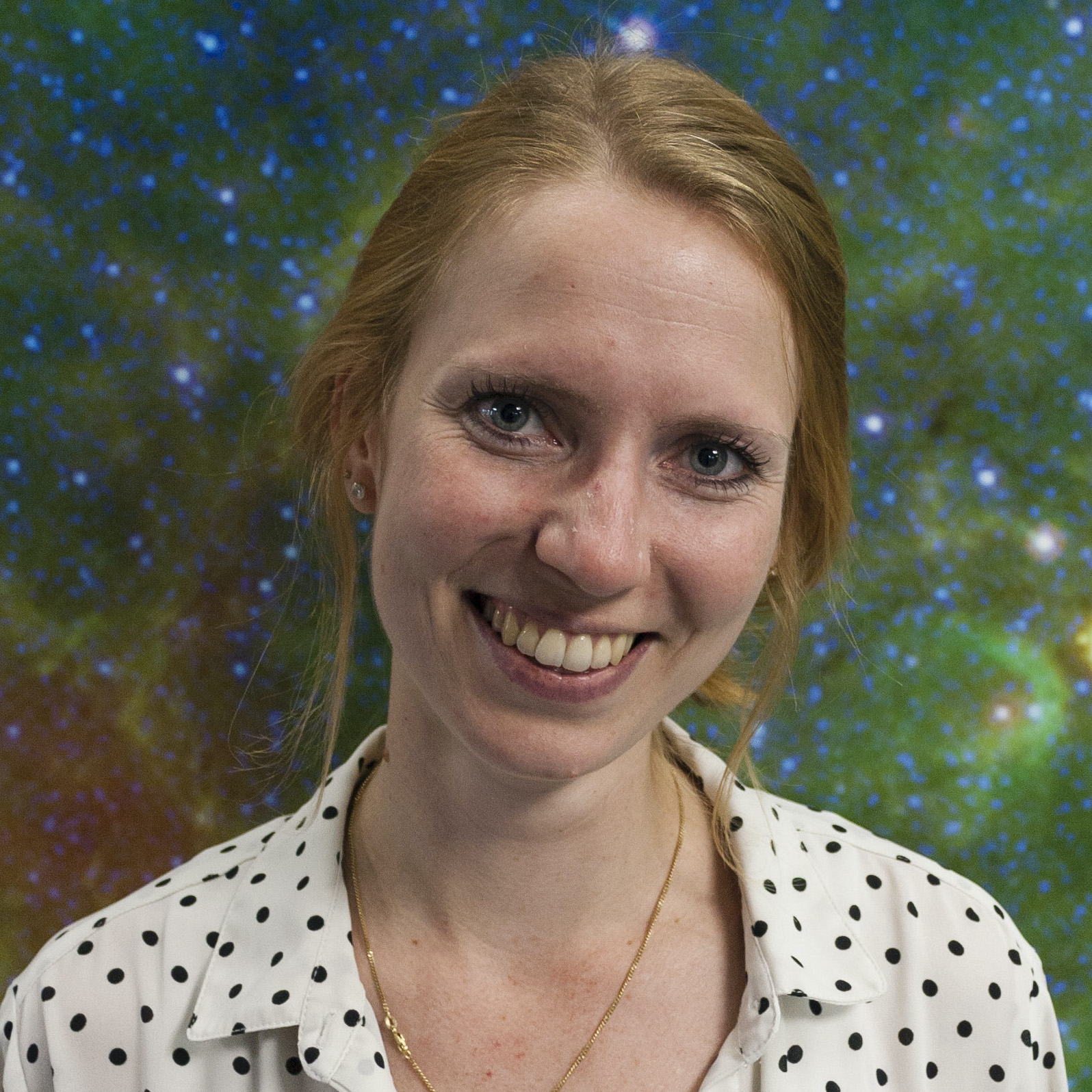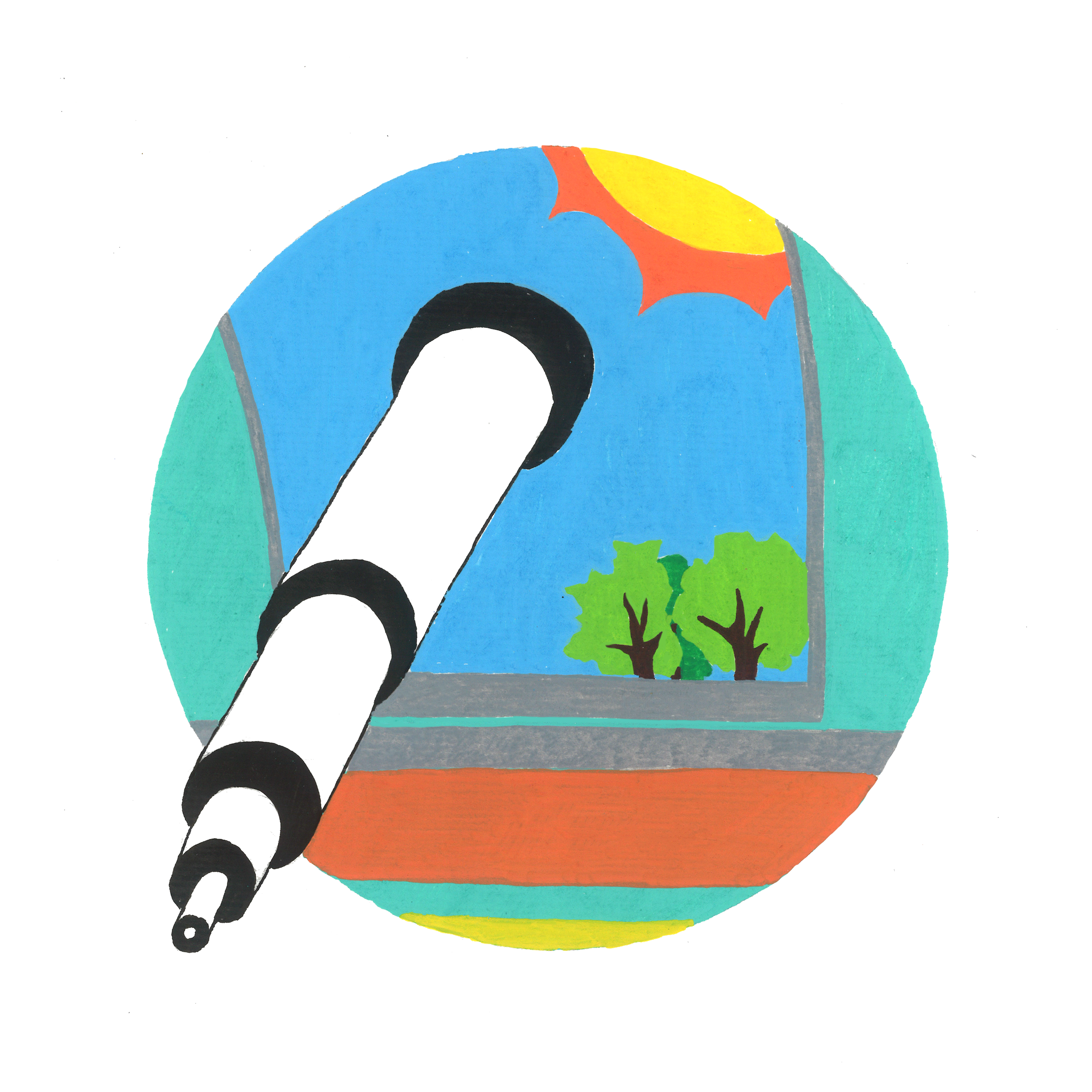
What is the nearest star? Does it surprise you when I tell you that this is the only star we can observe incredibly well during the day? I will explain more about this star and its observations in this short blog post.
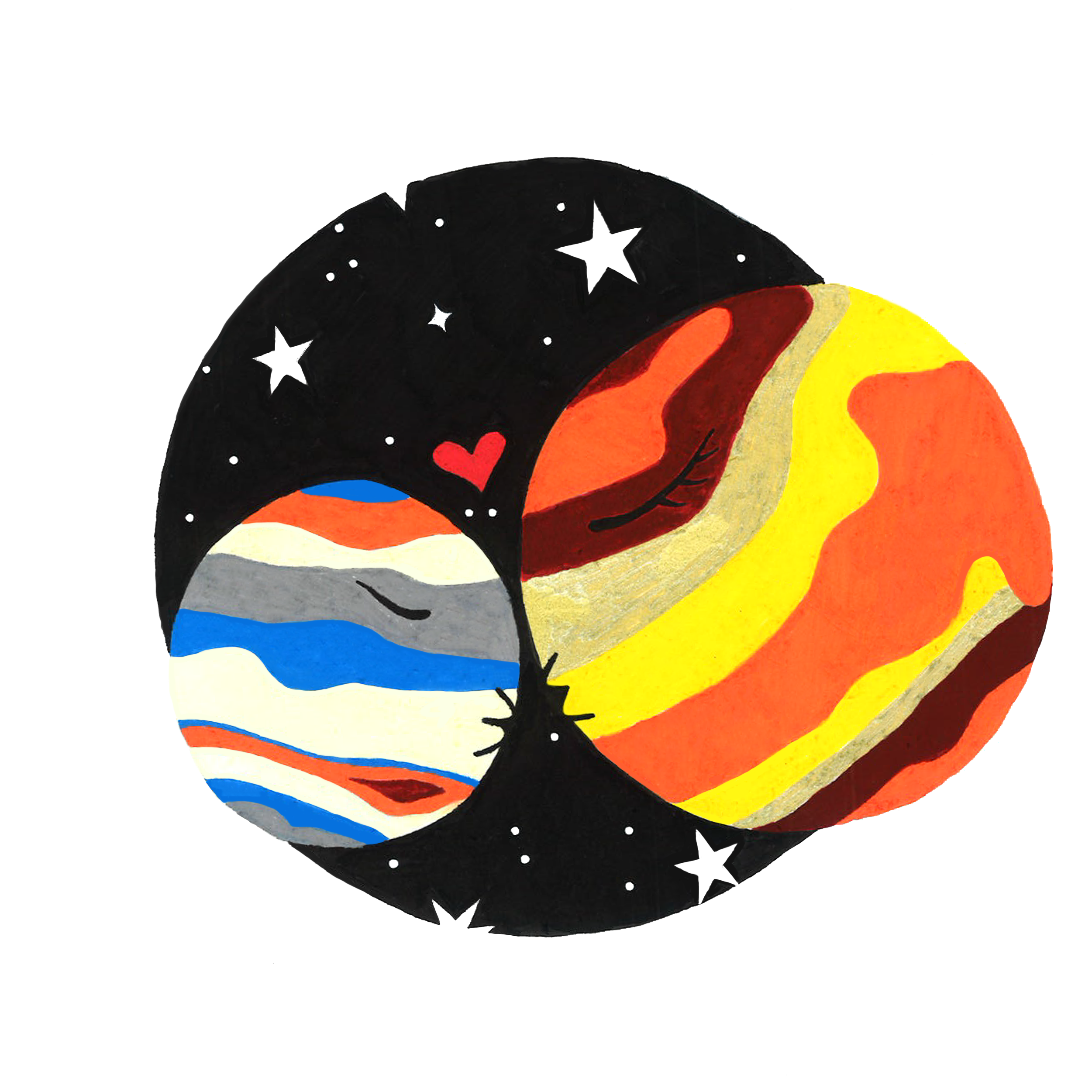
Kissing planets? The phenomenon of planetary conjunctions are actually quite common. But how can planets actually kiss each other in the night sky?
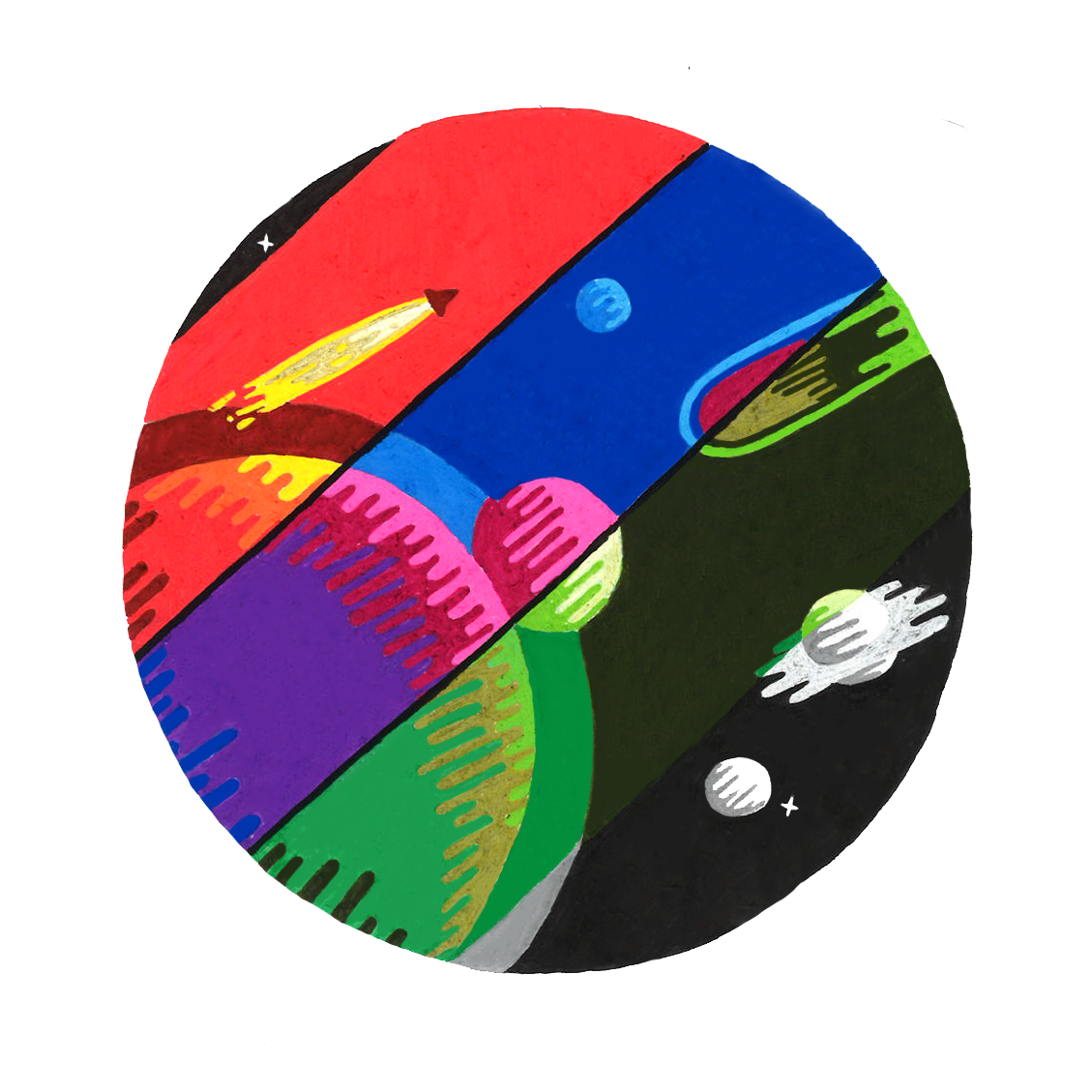
Observing the universe through a pair of colourful glasses
Last semester, I had the opportunity to teach students how to use an optical telescope. How is it actually possible for a telescope to create all those beautiful coloured images? Read about it here!

From leaf cell to canopy scale
Can we measure plants on exoplanets? To answer this question, we must first study and understand how to observe vegetation on the Earth.
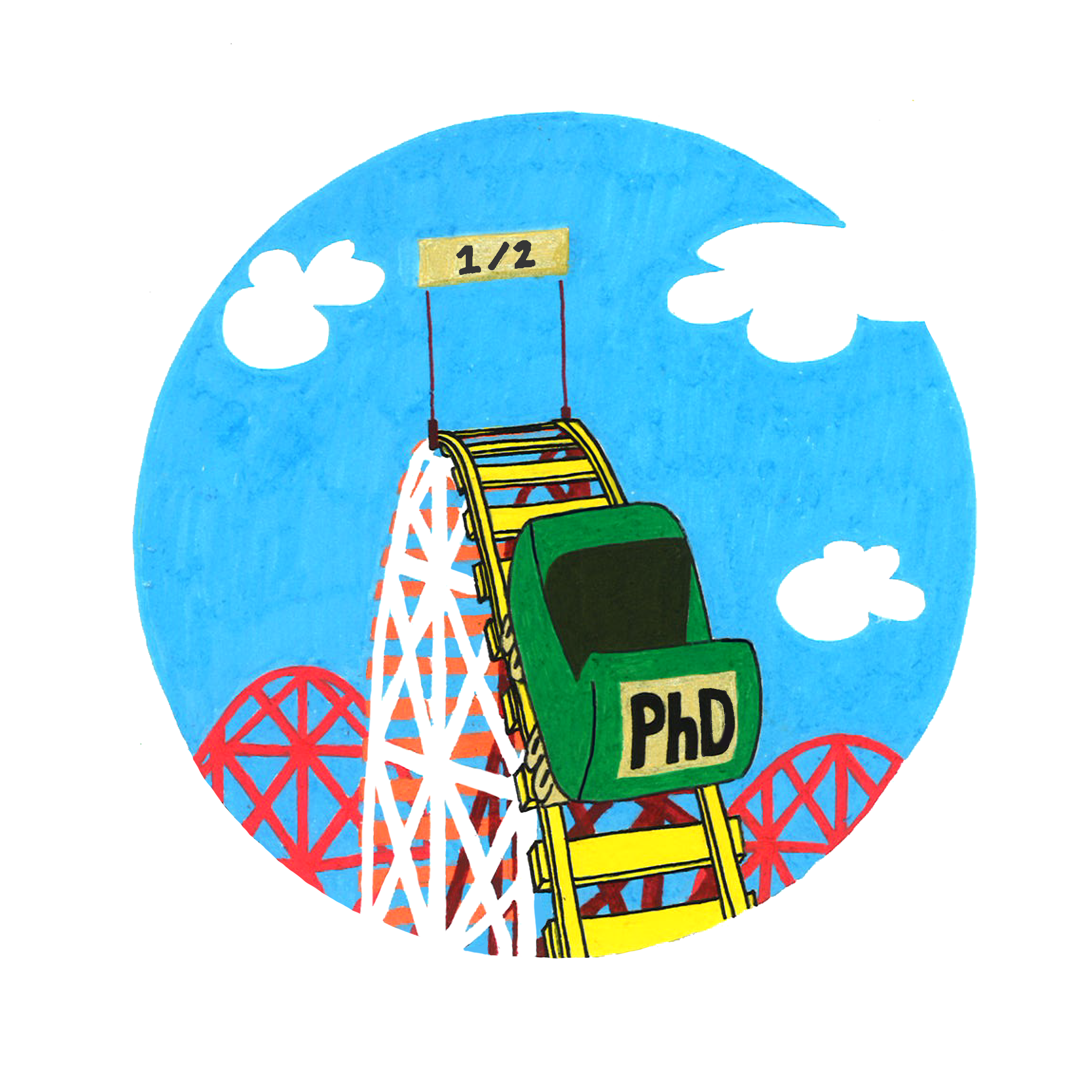
Life is like a rollercoaster. It goes up and down, time after time. I think that my PhD life feels a bit the same. Do you want to know how and why? Start reading this blogpost.

Spectropolarimetry of life: measuring life on Earth
We al know that there is life present on Earth. But how can we measure this from a hot air balloon? I got the opportunity to explain this during the SPIE conference in San Diego.
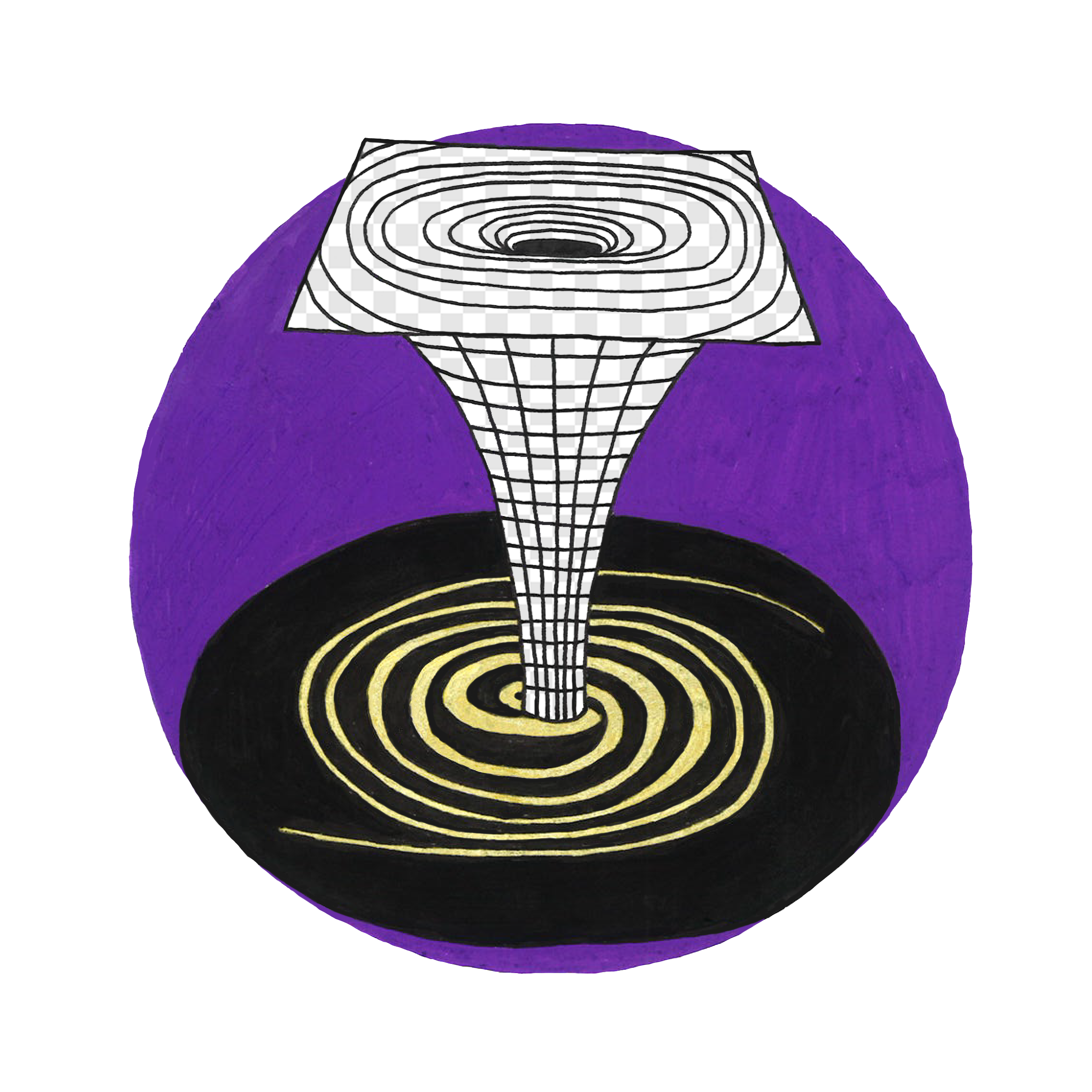
Portret of Sagitarius A*: the black hole in our Milkyway
Black holes. What exactly are they? We have now seen many news stories about how astronomers took a picture of a black hole. But how can we take a picture of something that we can't see?
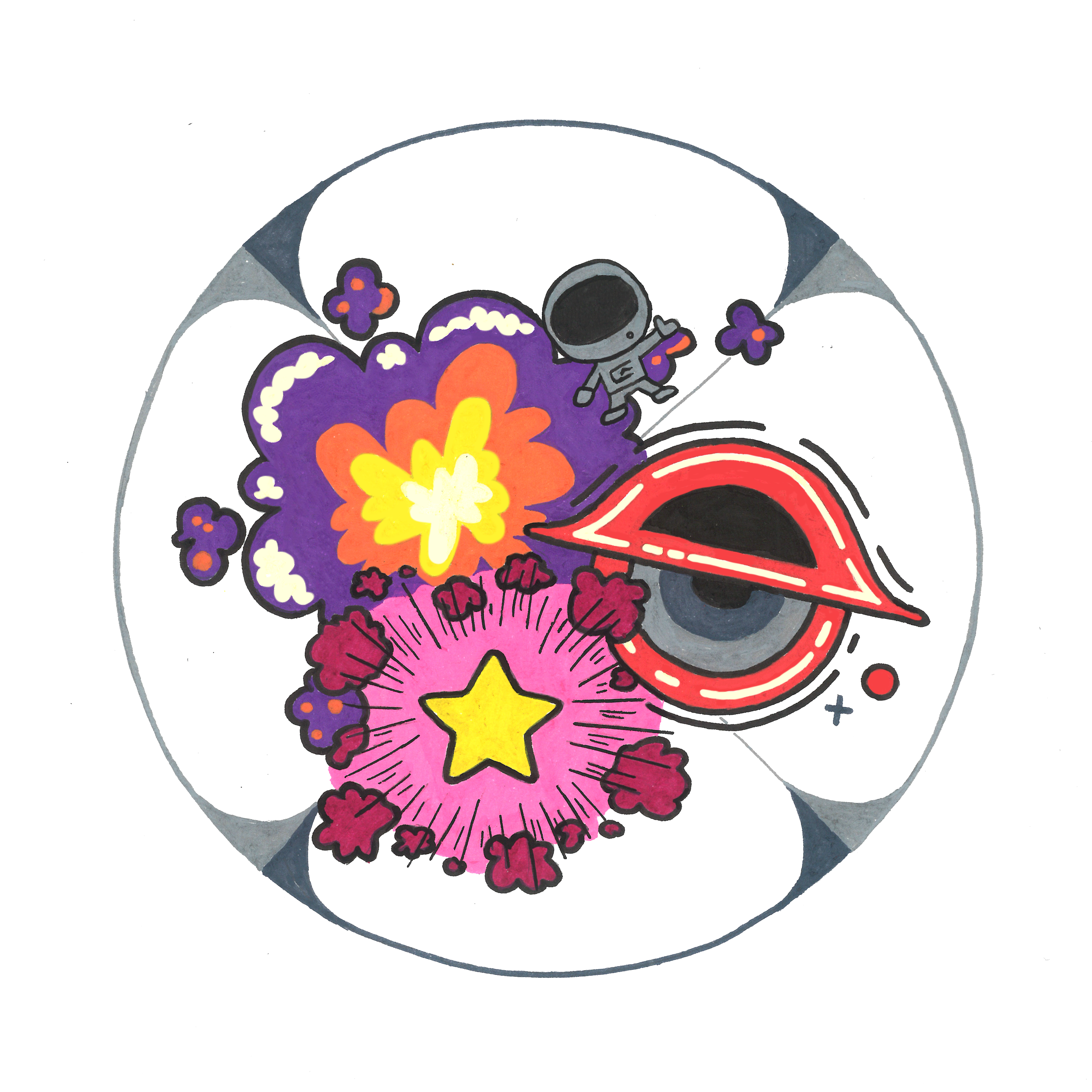
Polarisation: From exploding stars to quiet planets
Polarimetric measurements allow astronomers to understand an object much better. Regular astronomical observations are simple intensity measurement. So what does polarisation information add to regular measurements?
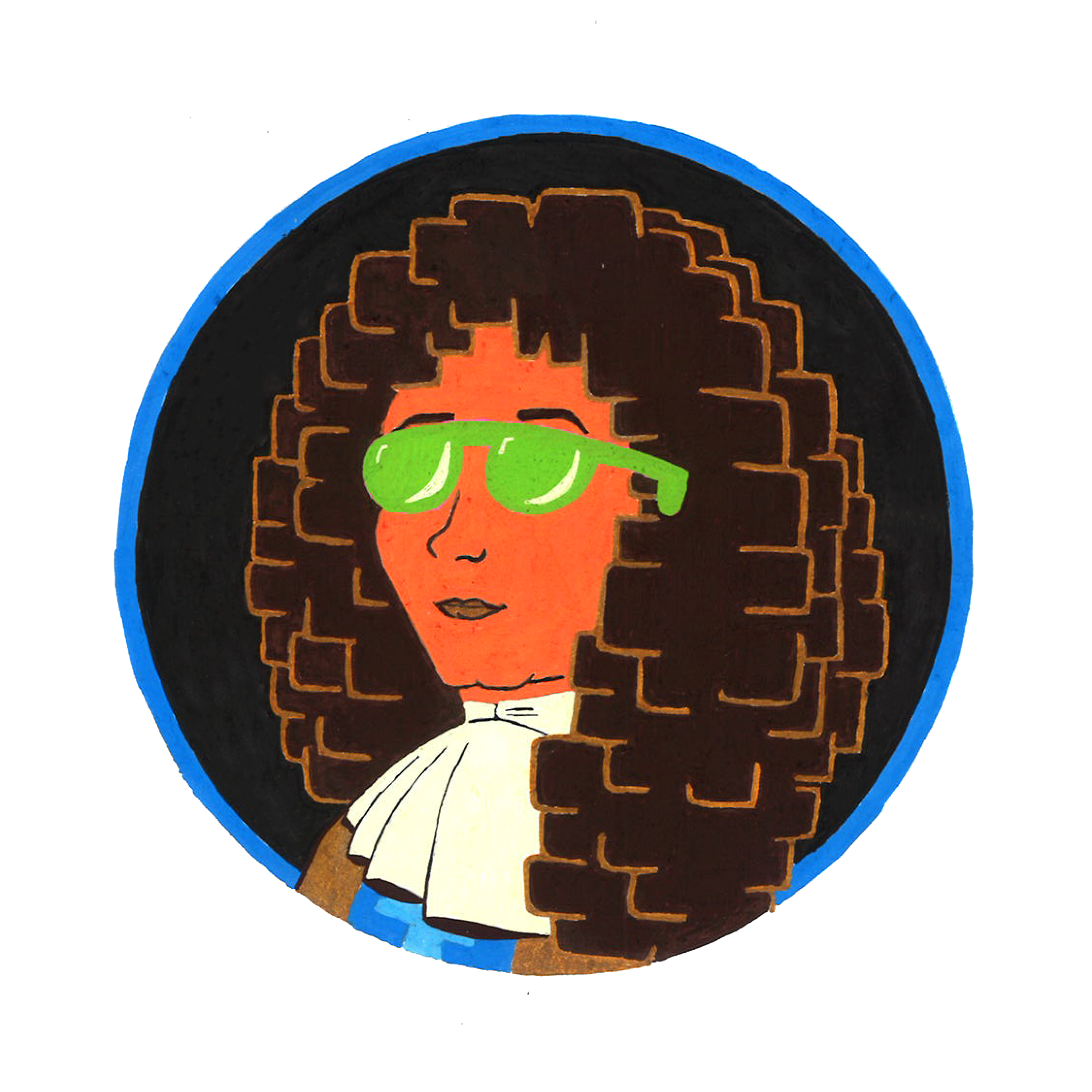
Polarisation: From a concoction to global application
As a scientist, you are so focused on discovering something new that you sometimes forget what preceded to your own research. Read about how we go from a discovery to a worldwide application.
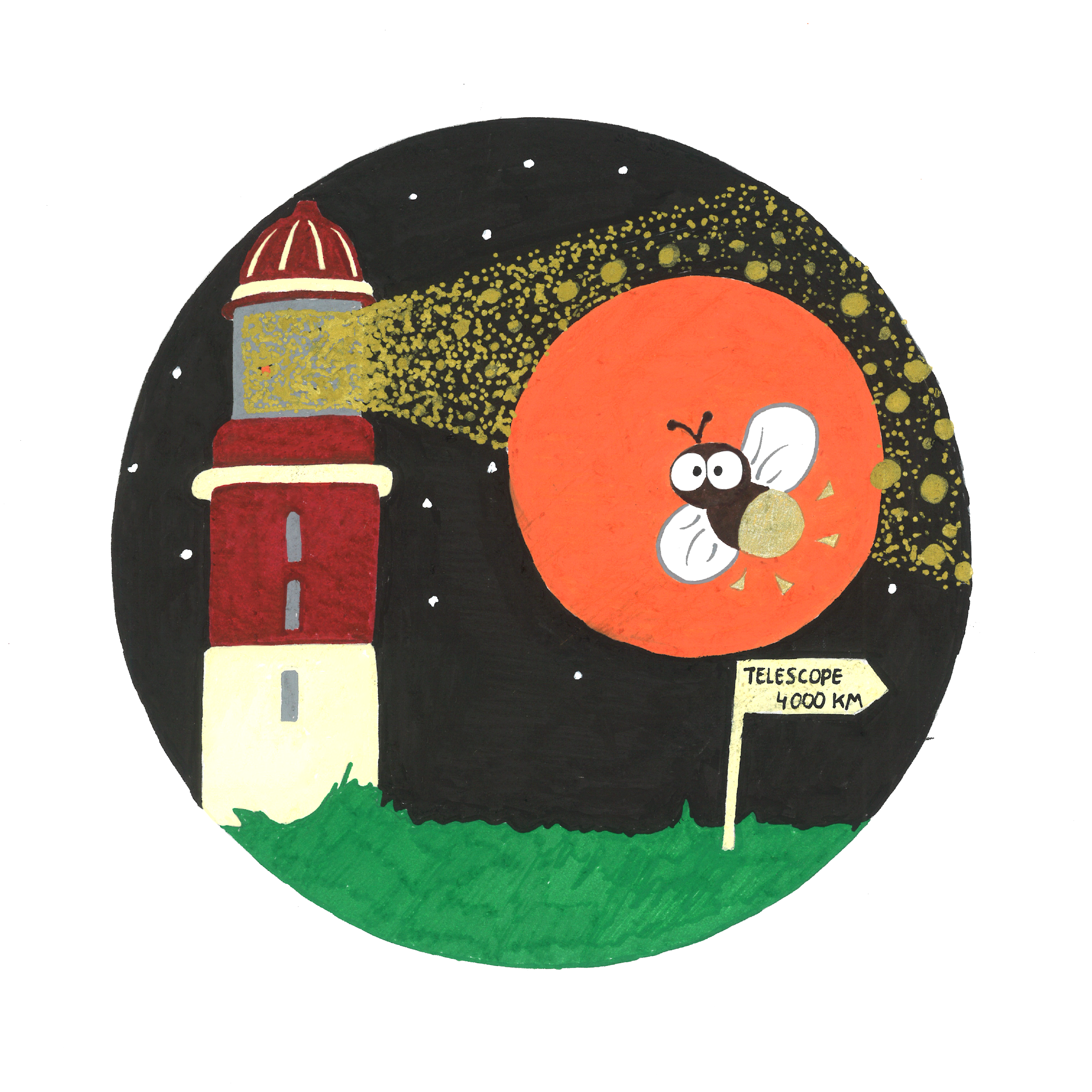
How to search for planets outside our Solar System
Why is finding an exoplanet so hard? And how do we even try to find these planets far far away from the Earth? Here I will explain the basic concepts of instruments that we use to look for planets outside our Solar System.
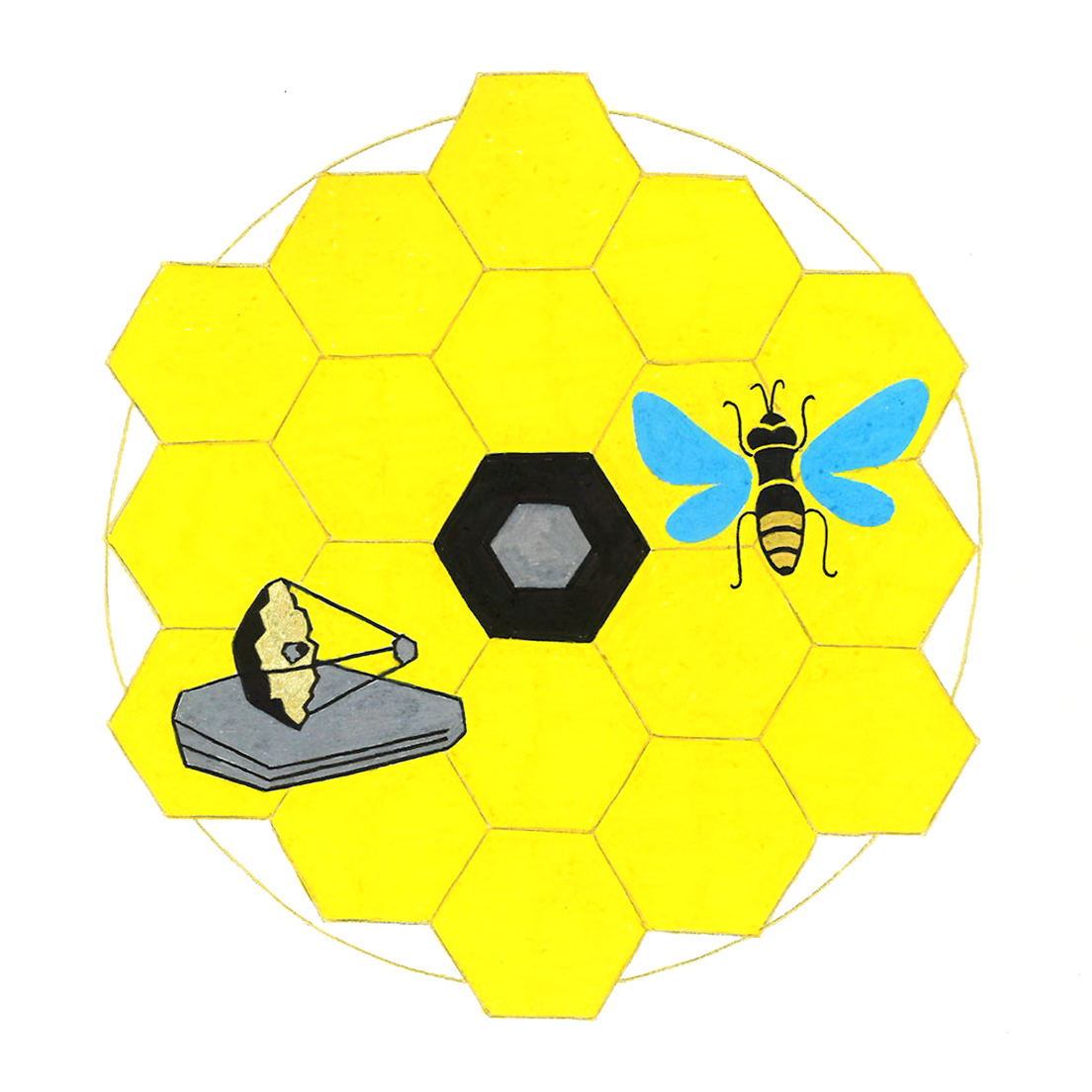
Rewrite the history of the Cosmos
The James Webb Space Telescope, which originally was known as the Next Generation Space Telescope, wrote history before it was even launched. What makes the telescope so extraordinary and complex? You can read it here!

This month, I once again disappeared into the optical lab at the university. Here I tell about an optical effect that you should take into account when designing and building optical instruments.

Passing on knowledge is a true art
Ready, stage, go! During talks I want to present information as simple as possible without losing the essence. While preparing my presentation, I came across a splendid theory. Here I tell you about the "Iceberg Theory"!
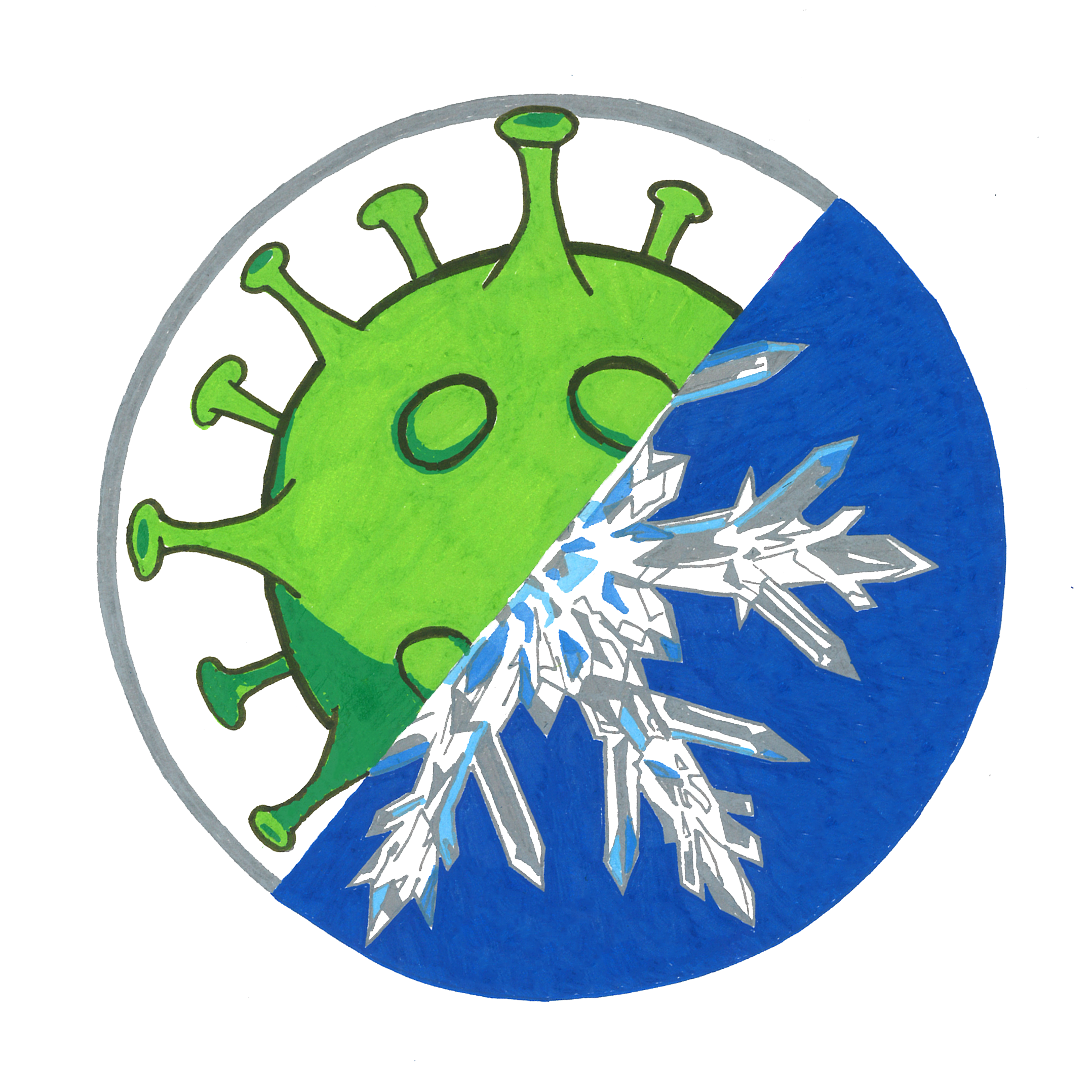
You can not escape from the aerosols. During the pandemic we became even more aware of the enormous number of tiny particles that are floating through the atmosphere. Though corona aerosols are interesting, I like to focus at other tiny particles.

Well, you look at them right now! The first time I heard the term: 'liquid crystal', I thought of a pot on a very high heat in which crystals were melting. Let me explain to you what it really is.

Did you try to turn it off and on again?
For the detection of life, I am working on instruments that can measure polarisation across a spectrum. One instrument is called TreePol. In this blog, I will explain how this spectropolarimeter works.
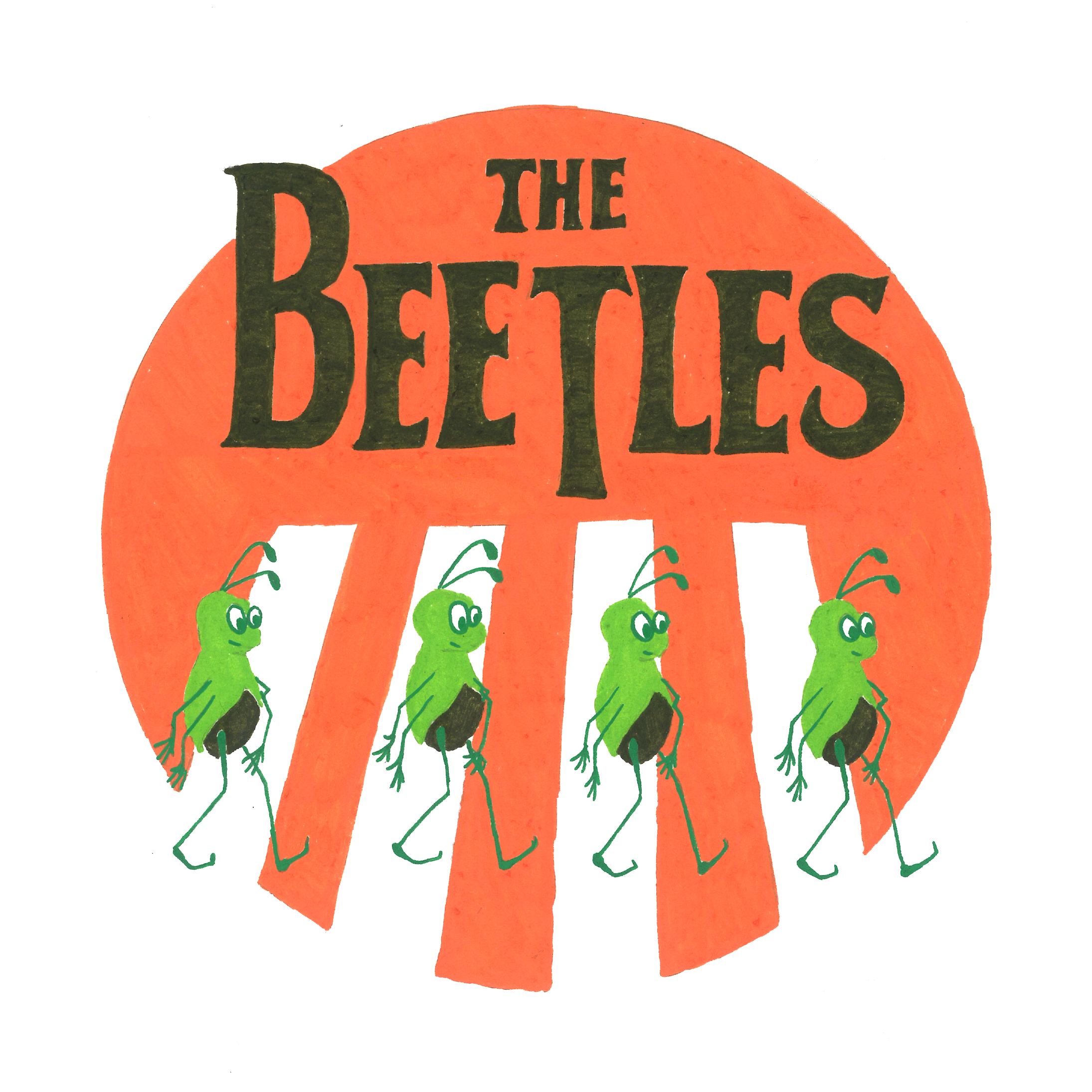
The Beetles? Yes you read it correctly, the beetles! When I give a presentation on life in the universe, I always bring a few beetles along. But, wait.. What do these green little buggers have to do with life?
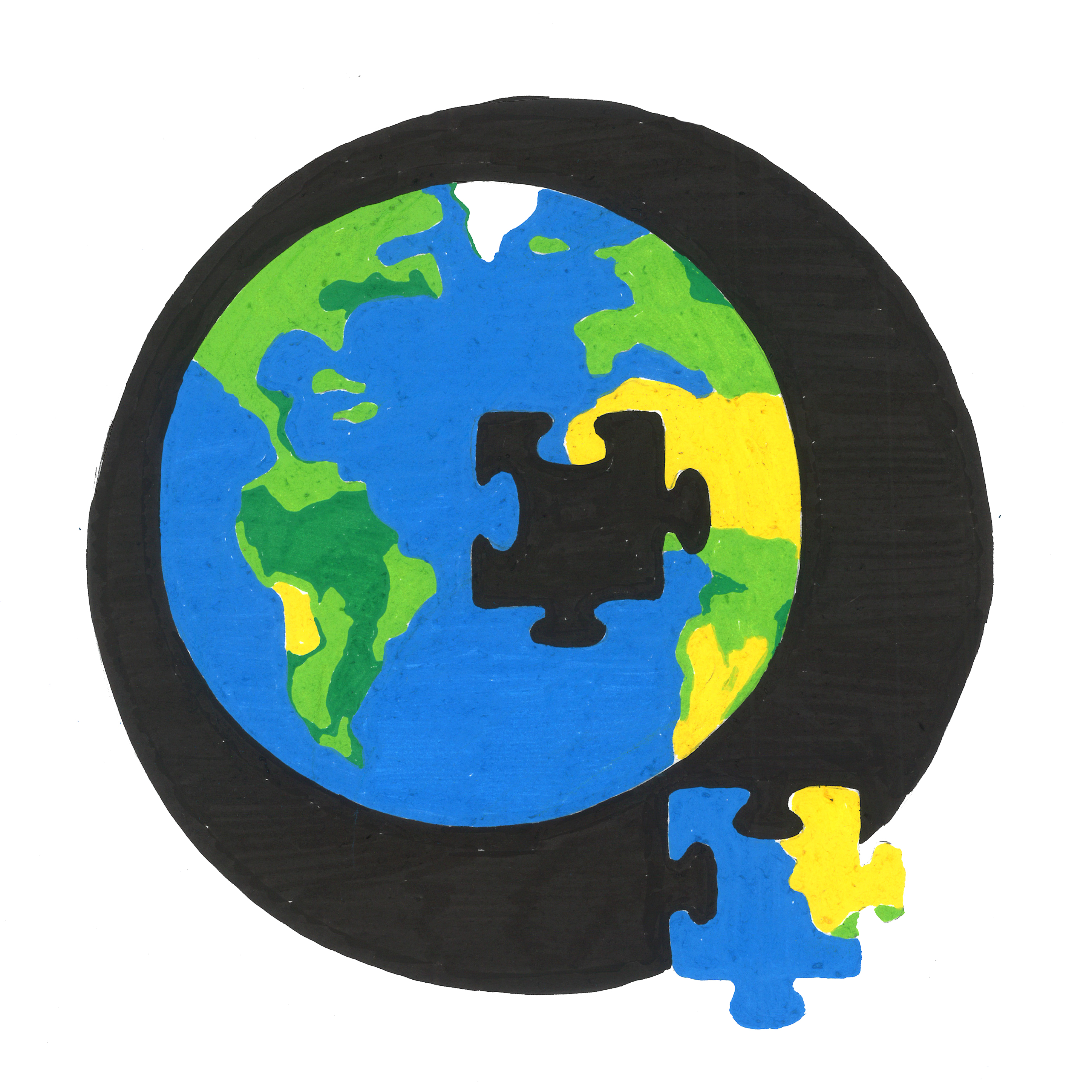
Science is much more than just solving a puzzle
More than half of the process of doing research is spent on identifying and organising the pieces of a very big puzzle. Especially trying to identify what is on the puzzle can be a big challenge.

Programming is not about what you already know, but about what you can find out
Anyone who has ever programmed is familiar with spending hours searching for a bug in their code, only to find that a full stop should have been a comma. What is programming exactly? Here, I briefly explain the idea.

The polarisation of light: more than just an intensity
What is polarisation of light and what do sunglasses have to do with it? With this blog, we take a look at the working principle behind polaroid sunglasses and 3D spectacles.

Meeting fellow colleagues during the pandemic
As a scientist, it is very important that you can exchange your ideas with colleagues. Unfortunately, this was not an option during the pandemic. Therefore, I was even more excited to meet my fellow PhD students from the PEPSci network.
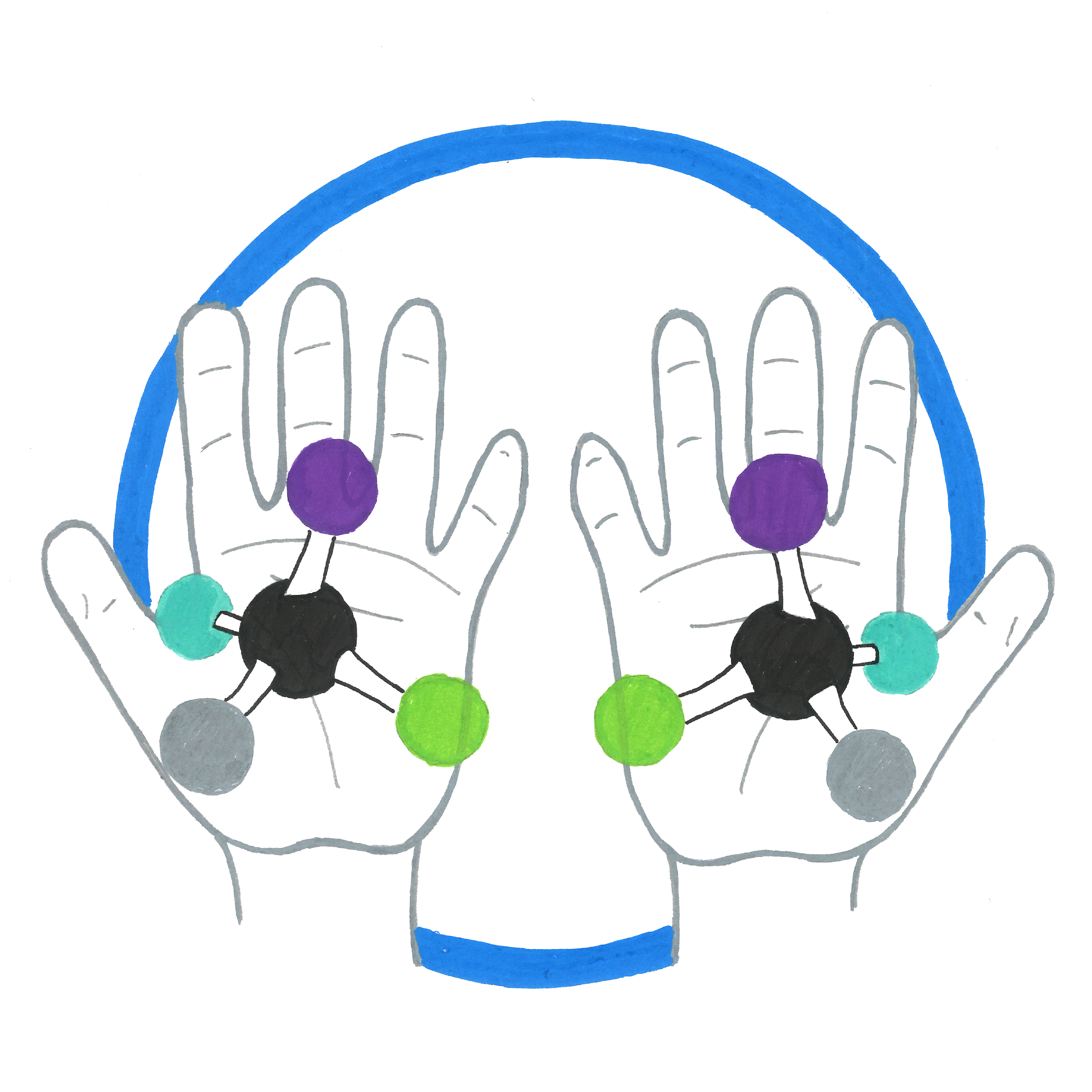
The riddle of life's single-handedness
It can hardly be a coincidence. All the crucial ingredients of life on Earth exist in 'single-handedness'; in one-handed molecules. Read here what I mean exactly by this handedness of life.
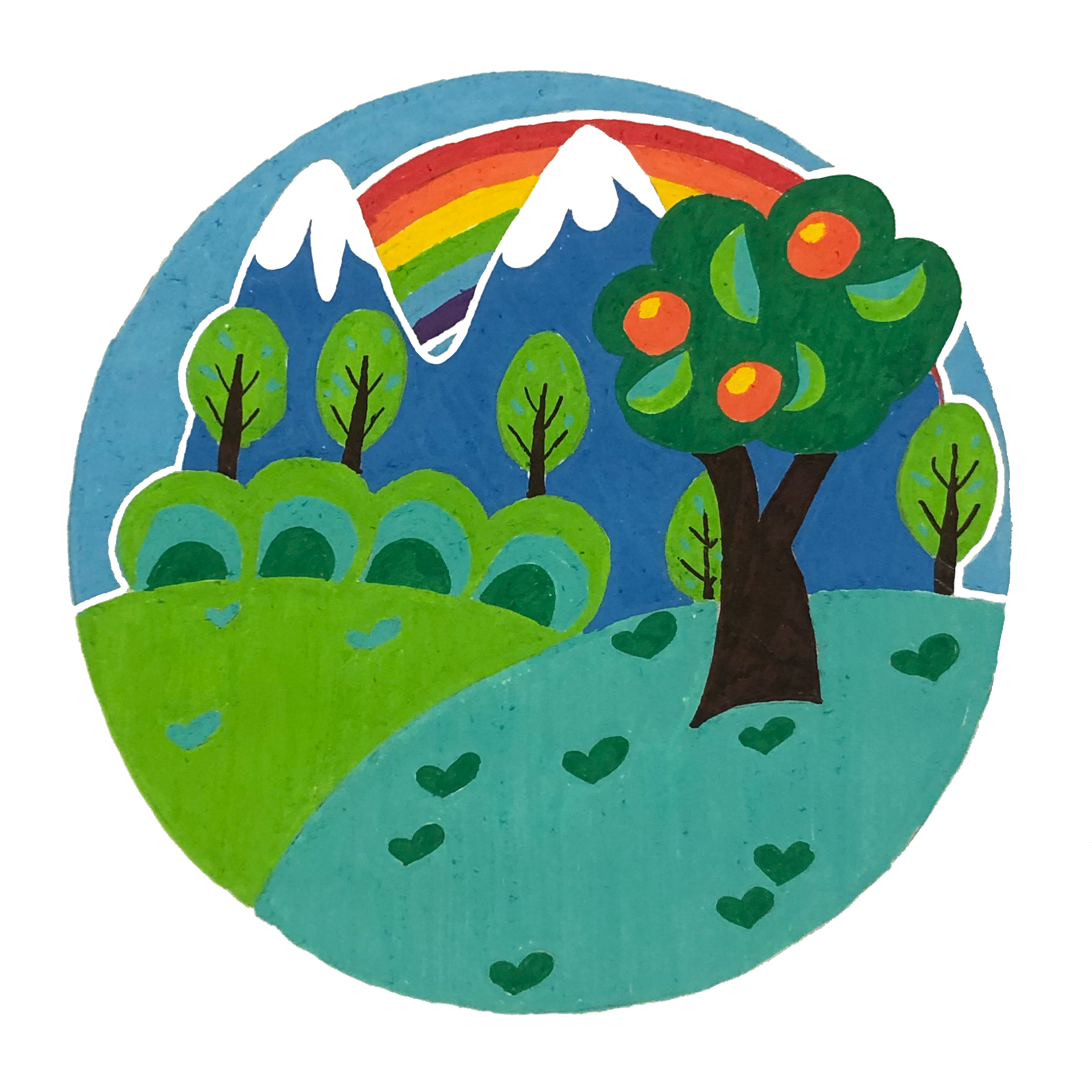
My research: looking for signs of life
"Are there planets besides the Earth that harbour life?" This is one of the questions that many astronomers, as well as biologists and chemists, are concerned with. What are the key signs of life? You can read about it here.

Top-Hat or Down-Hat? Remote teaching!
As a researcher, there are always things you can do (with a little help). An important example is: teaching! How much time do we need to spend on teaching on average? I explain a little bit about that here.
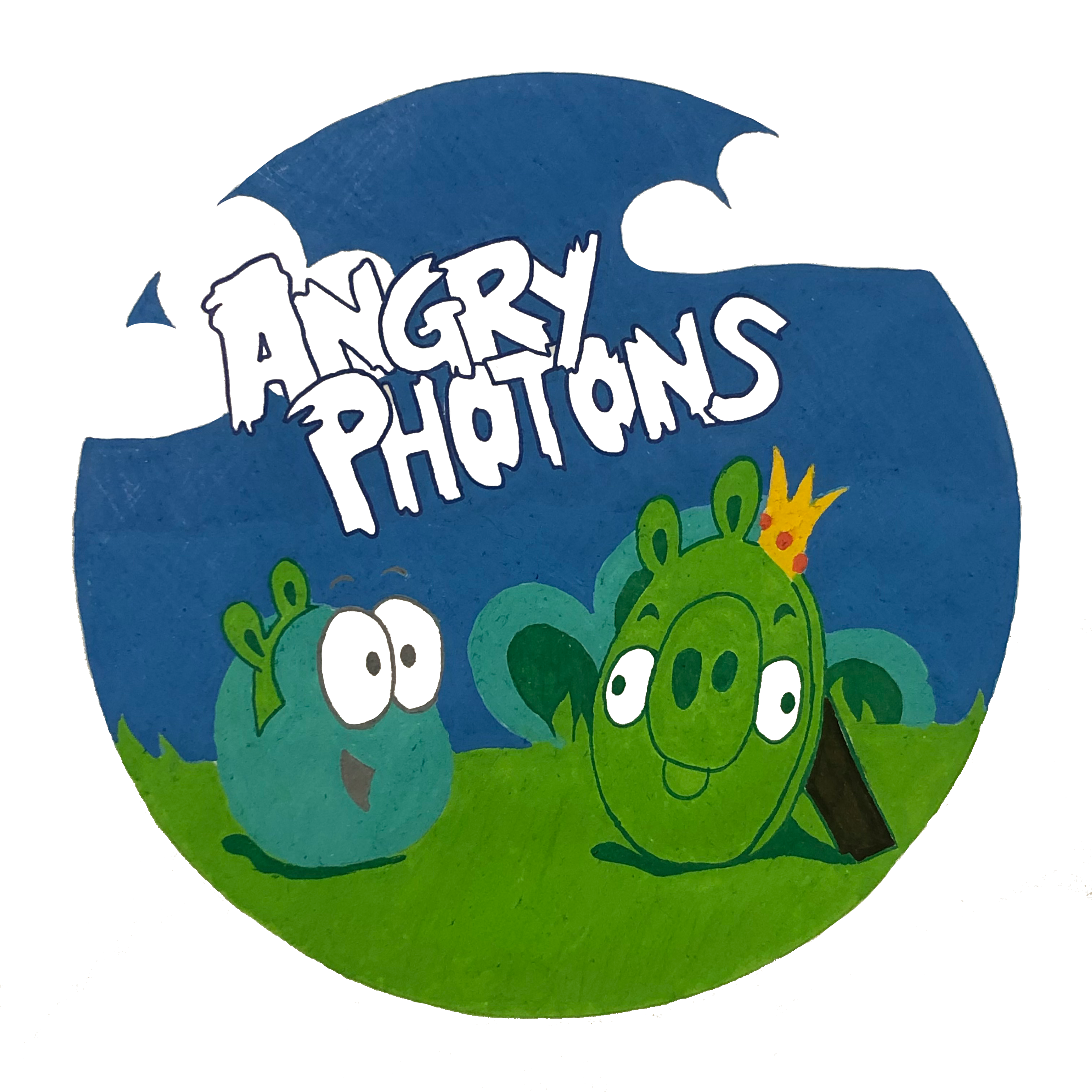
Looking at fingerprints of gasses (like the ingredients of our sun)
It may sound strange, but light from the Sun is not yellow but green-white. We know this by looking at the temperature of the Sun. The Sun appears yellow because the sky is blue. But why is the sky blue?
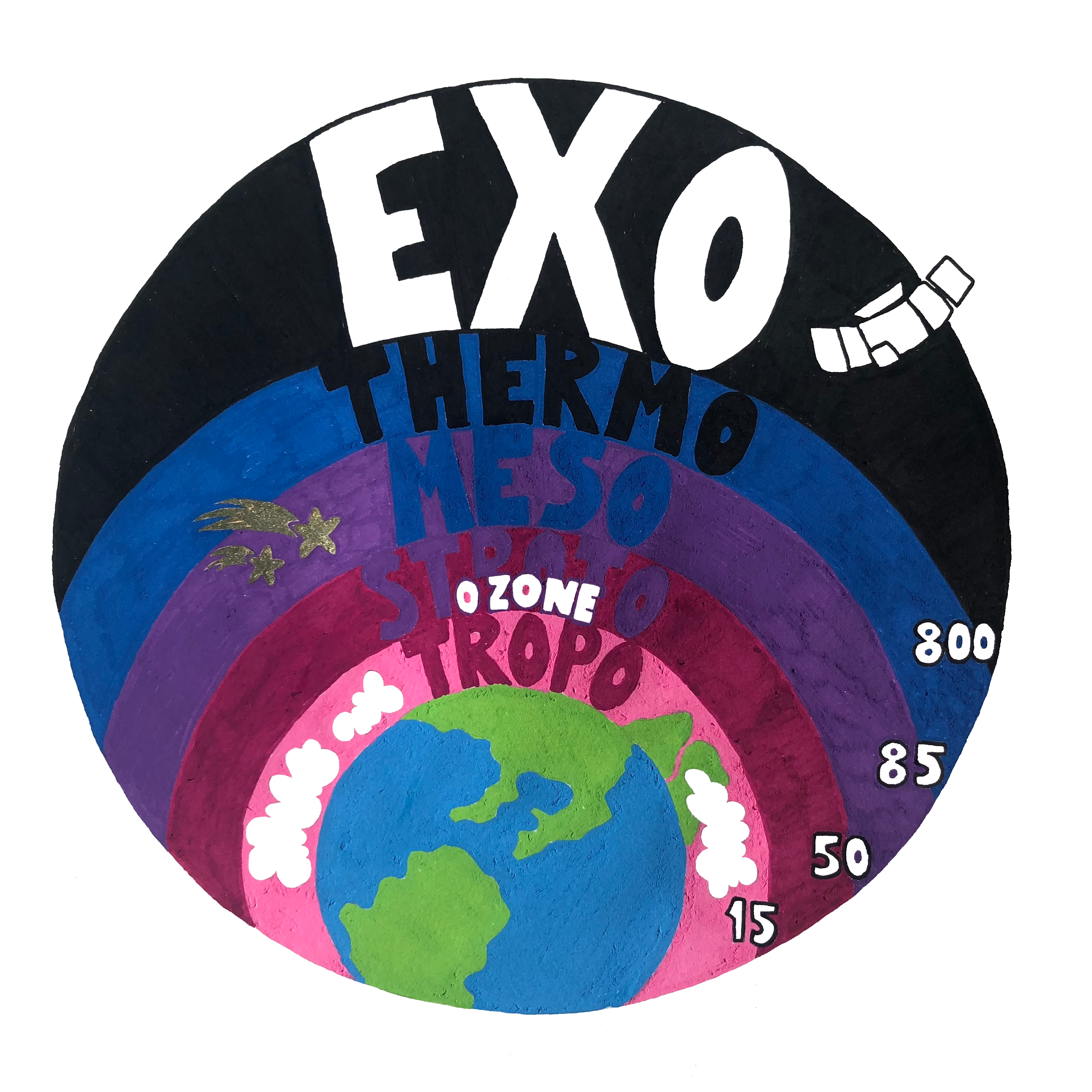
What is important when you make a computer model of a planetary atmosphere?
The atmosphere consists of many different layers. To make a computer model, we need to know which particles are present in each of the layers. So what else do we need to think about? You can discover it here.
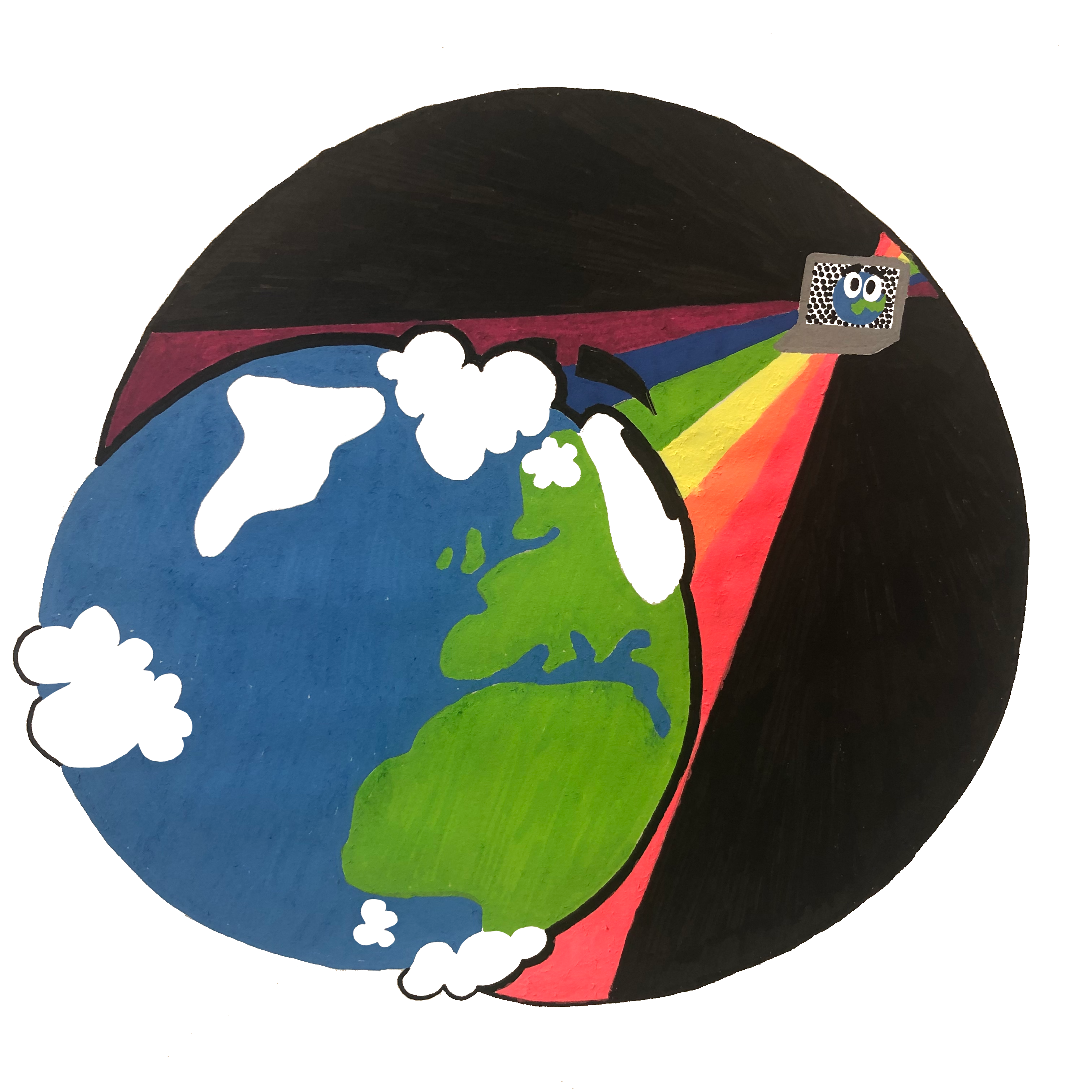
Project ExoEarth: A computer model of the Earth
Using a computer model of the Earth, researchers investigate what an Earth-like exoplanet might look like. However, planets themselves are not a source of light. So how come we can see planets?

Brief history of Willeke: Who am I?
When I give presentations, I always forget to introduce myself. So here is a little introduction. Who am I, what do I do and why do I have blue hair in this drawing? More info will follow in this post.

Hello all! Welcome to my blog. On this site, I will take you on my scientific adventure, in search of extraterrestrial life. I cannot promise where we will end up. Then it wouldn't be science.
